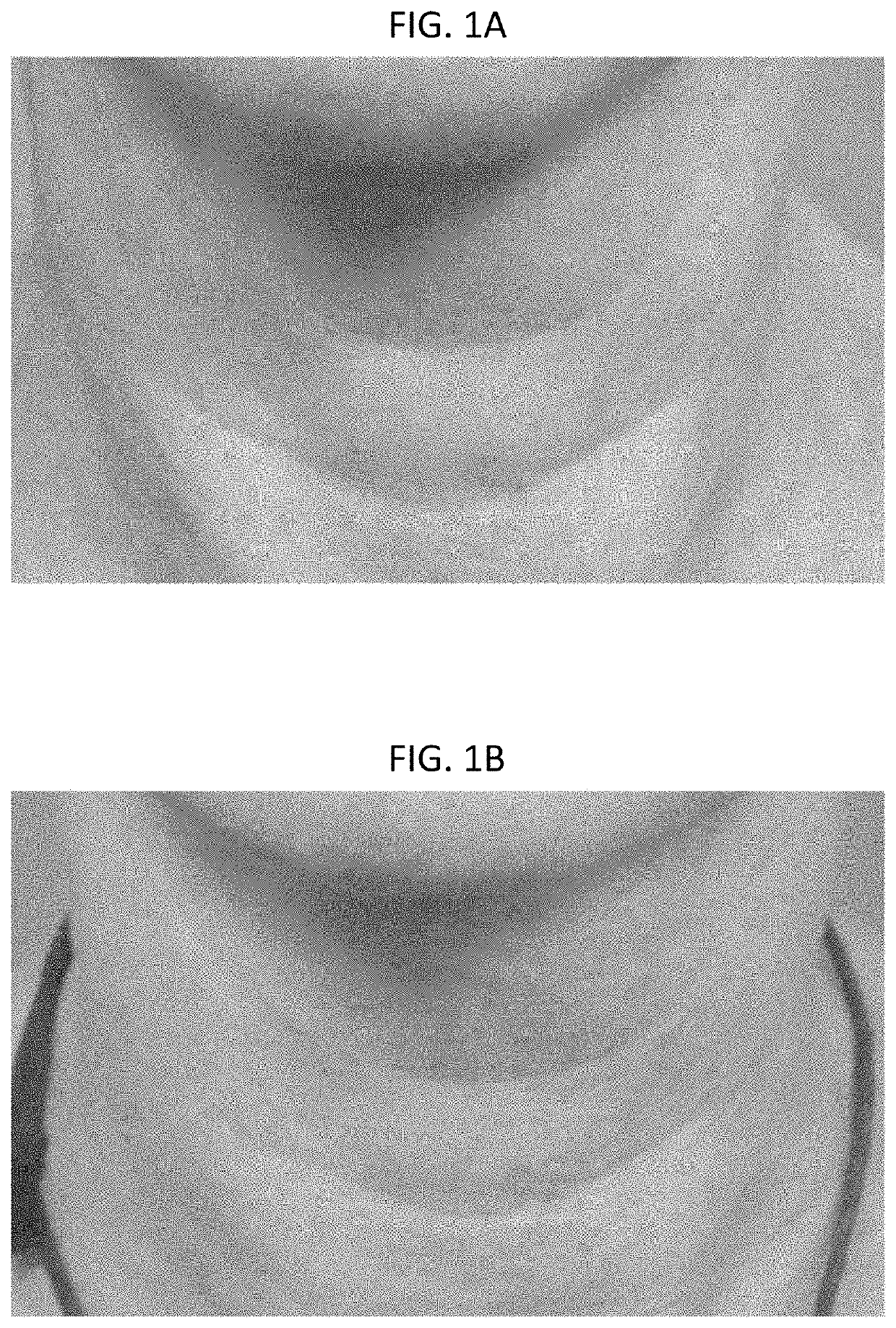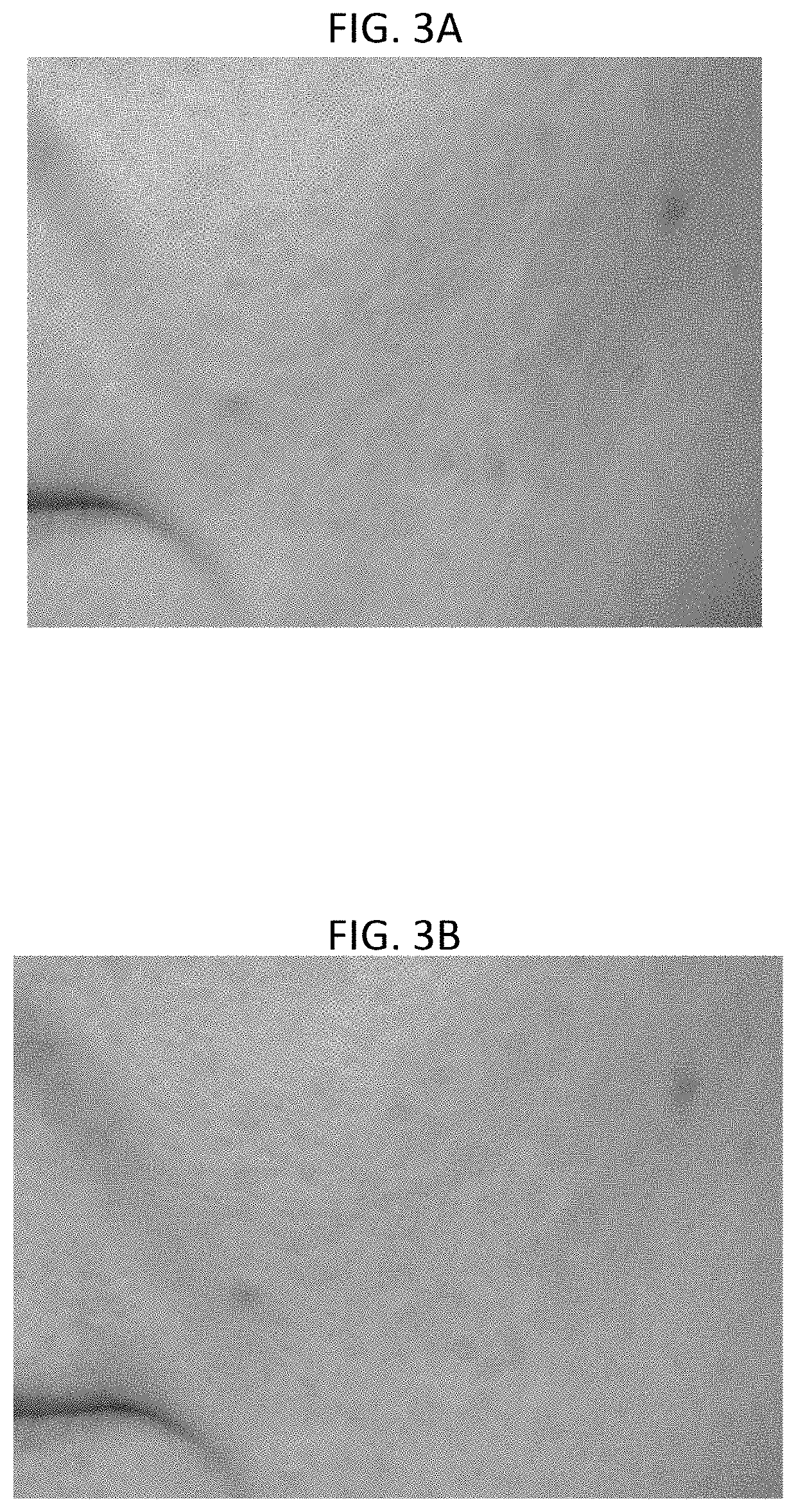Sterile Buffered Solution Injection to Burn Tissue
a buffer solution and tissue technology, applied in the direction of salicyclic acid active ingredients, medical preparations, pharmaceutical delivery mechanisms, etc., can solve the problems of side effects and leaky vessels, and achieve the effect of low downtime and high ph
- Summary
- Abstract
- Description
- Claims
- Application Information
AI Technical Summary
Benefits of technology
Problems solved by technology
Method used
Image
Examples
Embodiment Construction
[0018]An acid is a substance than neutralizes alkalis. A base is a substance that neutralizes acids. A buffered acid is any substance that is either an acid or base and has had its pH altered either through the addition of an acid or base. There never has been a method for injecting caustic substances into the hypodermis with the purpose of causing a localized burn. Controlled burns have been used in the cosmetic industry with the methods of laser technology and other heated devices. However, there have been no methods for causing localized burns in the hypodermis. Causing localized burns in the hypodermis triggers the body of have a massive cellular response. The massive cellular response forces the hypodermis to repair itself and the papillary dermis. As a result, hair has a health state in the anagen phase and the skin rejuvenates itself giving a clearer complexion from the repair done in the hypodermis. The hypodermis provides health to the skin and the hair and encouraging a he...
PUM
 Login to View More
Login to View More Abstract
Description
Claims
Application Information
 Login to View More
Login to View More - R&D
- Intellectual Property
- Life Sciences
- Materials
- Tech Scout
- Unparalleled Data Quality
- Higher Quality Content
- 60% Fewer Hallucinations
Browse by: Latest US Patents, China's latest patents, Technical Efficacy Thesaurus, Application Domain, Technology Topic, Popular Technical Reports.
© 2025 PatSnap. All rights reserved.Legal|Privacy policy|Modern Slavery Act Transparency Statement|Sitemap|About US| Contact US: help@patsnap.com



